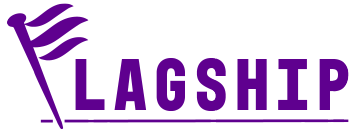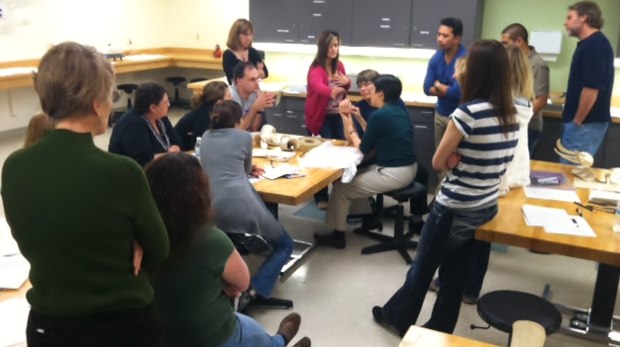by Ciara Cox, PhD, Therapy Resource –
Six Samuel Merritt University OT students and I just completed a study on rehab professionals’ self-reported knowledge of dementia and self-reported competency in treating clients with dementia. We wanted to see if there was a gap between knowledge of dementia and feelings of competency in treating clients with dementia. We collected data for our study via a web-based survey. Many of those who responded to our survey work at an Ensign-affiliated operation, and we thank you for your participation.
Although the response rate to our survey was low (27 OTs, five COTAs, 20 PTs, eight PTAs and five SLPs), we had some interesting findings:
- As a group, OTs, COTAs, PTs, PTAs and SLPs feel both knowledgeable and competent.
- There was no significant difference between self-reported knowledge of dementia and self-reported competency in treating clients who have dementia.
- There was no significant difference in self-reported knowledge and competency between the three different rehab professions.
- There were significant differences between groups of rehabilitation professionals who received different types of dementia care training and also differences related to years of experience working with clients with dementia.
Training
Therapists who received training in one or more of the following approaches reported a higher level of knowledge of dementia and competence in treating clients who have dementia than therapists who did not have the training:
- Allen-Cognitive Levels
- Behavioral Training
- Cognitive Stimulation
- Reality Orientation
Experience
- Therapists and assistants with more than five years of experience with clients who have dementia reported significantly higher competency in training caregivers than those who had less than five years of experience.
- Therapists and assistants with more than 10 years of experience with clients who have dementia reported significantly higher competency in treating clients with dementia than those with less than 10 years of experience.
The results show what you may already instinctively know: Experience and training lead to expertise.
With the baby boomers entering older adulthood and life expectancy continuing to increase, the number of people living with dementia is predicted to increase from 5.4 million currently to 16 million in 2050. As a profession, we will need more therapists who have expertise in working with this population. The majority of residents in our nursing homes have some cognitive deficit. If you have not received specific training for treating residents with decreased cognition, we recommend that you plan to do so.
The SMU OT students who worked on this study are Michelle Chan, Kristin Dunn, Laura Heinemann, Carly Keller, Cynthia Lyssikatos and Jennifer Warner. They are delighted to share our results with people who are interested. If you currently have OT, PT or SLP students in your department, ask them about their research. It is a great way to learn new information.








